The first and only watch worn on the Moon
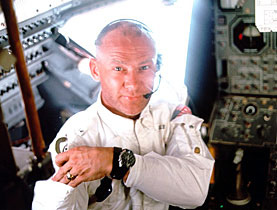
Scant attention was given to a watch that was worn on the Moon exactly 40 years ago but it has become one of the classics of Swiss watchmaking – the Omega Speedmaster.
All eyes were on Neil Armstrong as he became the first man to walk on the Moon – and if you were vaguely interested to see what watch he was wearing, you would have looked in vain.
He left it in the Eagle lunar module because the onboard electronic timing device was not functioning correctly and he wanted a backup.
His fellow astronaut Buzz Aldrin, who accompanied him on the Apollo 11 mission, was the first man to wear the watch on the Moon.
Omega, which is based in Biel and part of the Swatch Group, did not create the Speedmaster for the National Aeronautics and Space Administration (Nasa) in the United States.
It had, in fact, been produced for the first time in January 1957, ten months before the flight of the Soviet Union’s Sputnik I, the world’s first artificial satellite.
Quality, reliability and fortune seem to have combined for the Speedmaster to be approved on March 1, 1965 for all Nasa’s manned space mission.
Stuff of dreams
In the early 1960s Nasa researchers bought a number of different chronographs from jewellery stores in the Houston area and three were subjected to final rigorous testing.
Nasa did not want to commission a new watch, believing that soliciting bids from potential suppliers would take up too much time.
The watches had to be the functions of a chronograph for precise timing and needed to have manual winding because it was felt an automatic movement might not work properly in zero gravity conditions.
The watch would also have to work in a vacuum, face exposure to the rays of the Sun, withstand extreme temperatures and tolerate the forces of take-off and re-entry.
Gemini spacewalk
“I think the first real time that Omega company realised that its watches had been chosen was when they saw Ed White during his Gemini 4 spacewalk with the watch,” Omega president Stephen Urquhart told swissinfo.ch.
As he describes it, to have been “chosen without knowing” that the company was being considered was “particularly gratifying”.
“These were unmodified Speedmasters directly from jewellers’ showcases and as our advertising at the time pointed out, anyone could buy a watch exactly like the ones the astronauts were wearing in space.”
The basic idea of the watch was for the astronauts to have a backup and also for the eventuality it would be needed to duplicate other instruments on board.
The watch really came into its own during the dramatic Apollo 13 mission after an explosion within the service module blew off one of the craft’s exterior panels and caused serious damage to the main power and oxygen supplies.
The crew had to re-enter the Earth’s atmosphere manually, with precise timing needed for the engine burn to adjust for the correct angle. That incident and the subsequent rescue of the mission gave the watch a legendary status.
“Snoopy” award
“Omega received a ‘Snoopy’ award from Nasa, which was their top award of recognition, for the role the Speedmaster played,” Urquhart recalled.
But the watch was also a reminder to the astronauts of home.
“They had no idea what time it was up on the Moon… but they had a watch that showed Houston time, what time it was back home. It made a sort of emotional, psychological and positive link to Earth; a number of astronauts have talked to me about that.”
Although the original design of the watch has changed little over the years, there have been a few modifications to the movement.
As for the future, it’s too early to say, but preliminary contacts have been made with further lunar missions in mind – and maybe Mars.
It’s all a far cry from 40 years ago when Urquhart was working in the Omega communications department, using his native English to translate into French some of the conversations between Apollo 11 and Houston for company staff.
“Quite unbelievable”
“I was just 22 and listening to it all was quite unbelievable. Back then you didn’t really think too much of it. You took it in your stride,” he said.
“The 60s were a special time. It was the height of the Cold War and [you thought after] going to the Moon, where next?”
Did Urquhart ever think 40 years ago that he would one day be president of the Omega company? His answer is quick and not surprisingly has an element of time in it: “No. Never one second.”
Robert Brookes, swissinfo.ch
Founded by Louis Brandt in 1848, Omega was one of Switzerland’s first industrial wristwatch manufacturers.
It has been setting world precision records at observatory contests since 1919.
Omega has timed more than 20 Olympic Games and other international sports events in athletics, swimming, golf and sailing.
In 1965 Nasa chose the Omega Speedmaster Professional as its official chronograph for space exploration.
In 1970 the chronograph “rescued” the crew and craft of the Apollo 13 mission from disaster after an on-board explosion. The Speedmaster timed the critical engine ignition to set them on course for Earth.
The Speedmaster Professional X-33 electronic multi-function watch is now on board the International Space Station.

In compliance with the JTI standards
More: SWI swissinfo.ch certified by the Journalism Trust Initiative

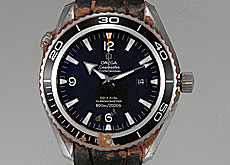


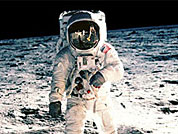
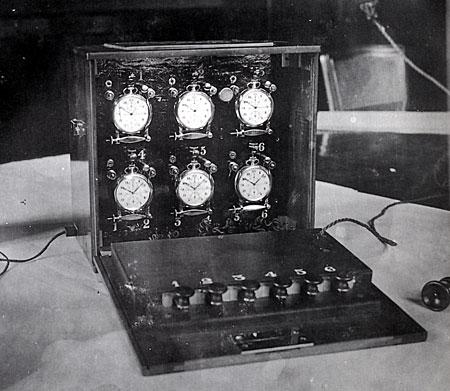
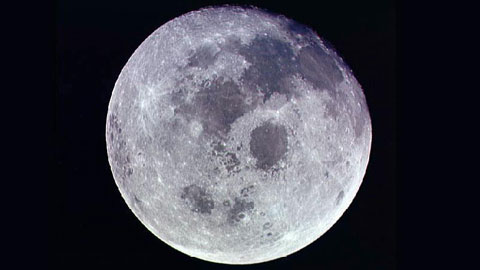
You can find an overview of ongoing debates with our journalists here. Please join us!
If you want to start a conversation about a topic raised in this article or want to report factual errors, email us at english@swissinfo.ch.